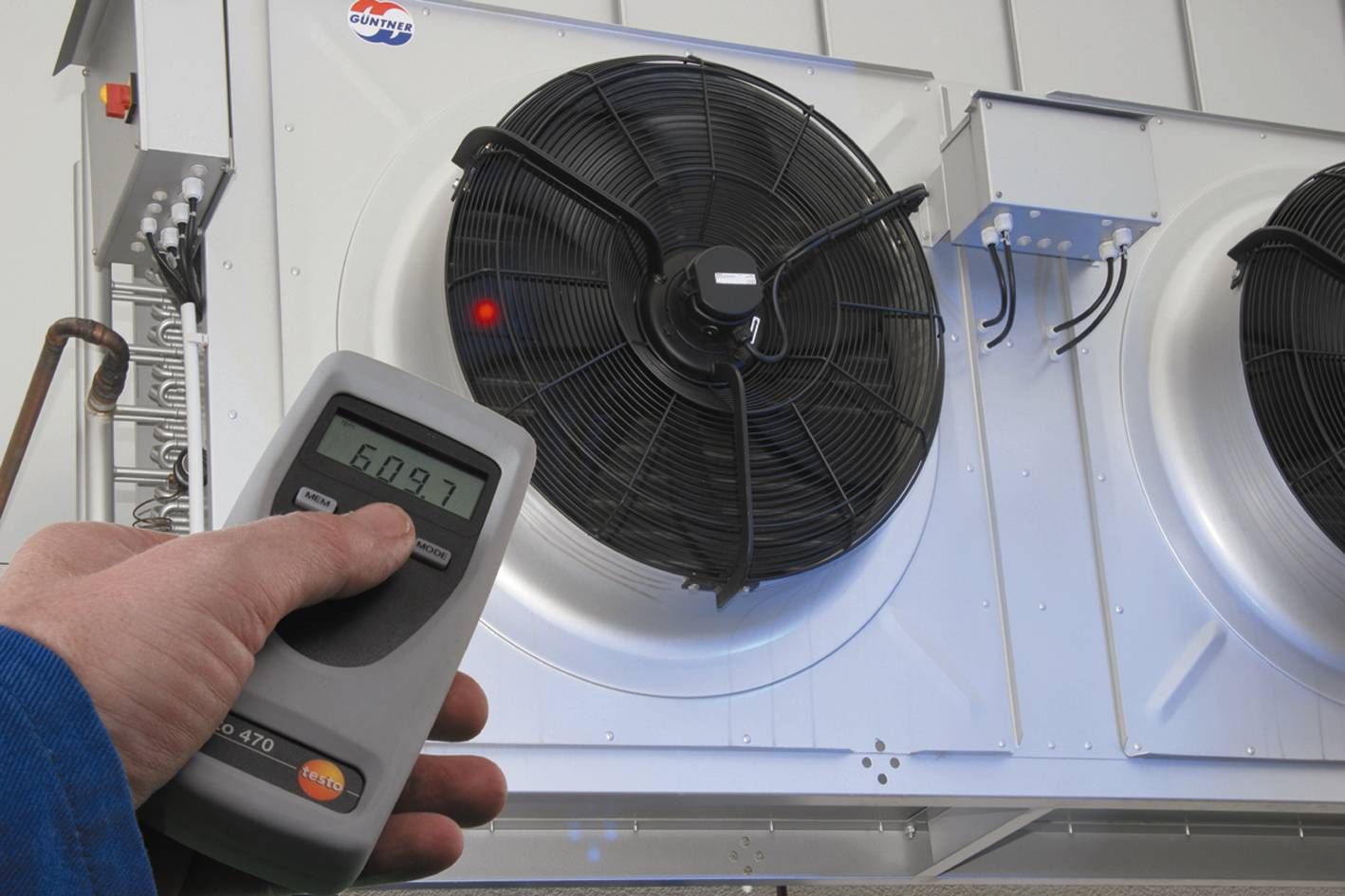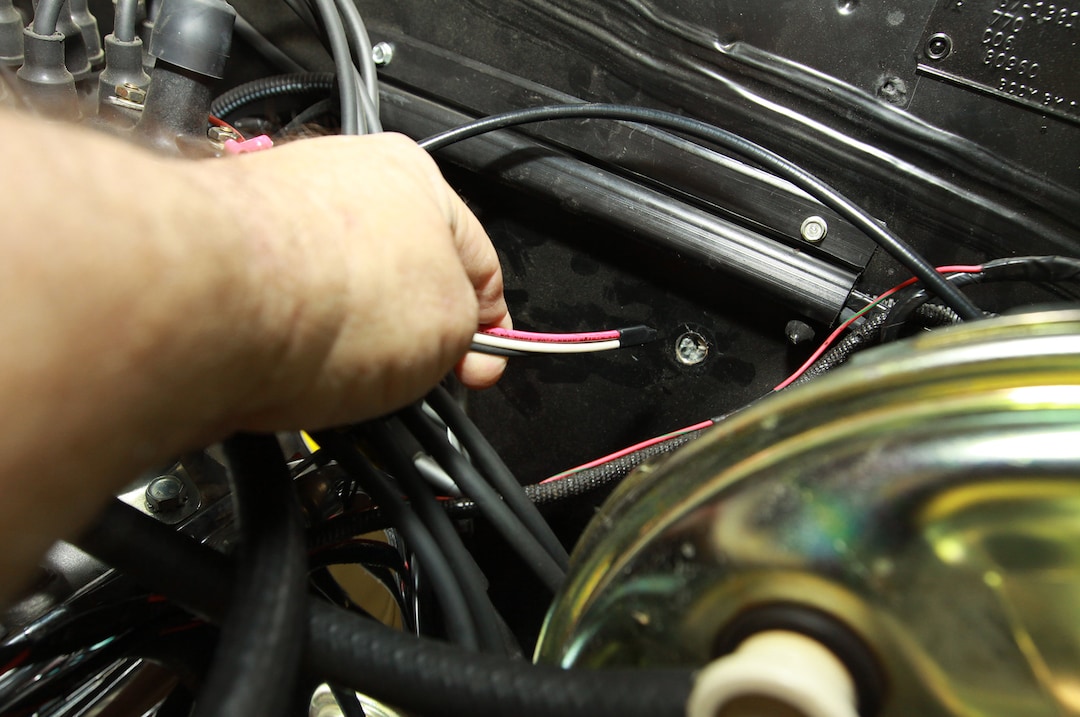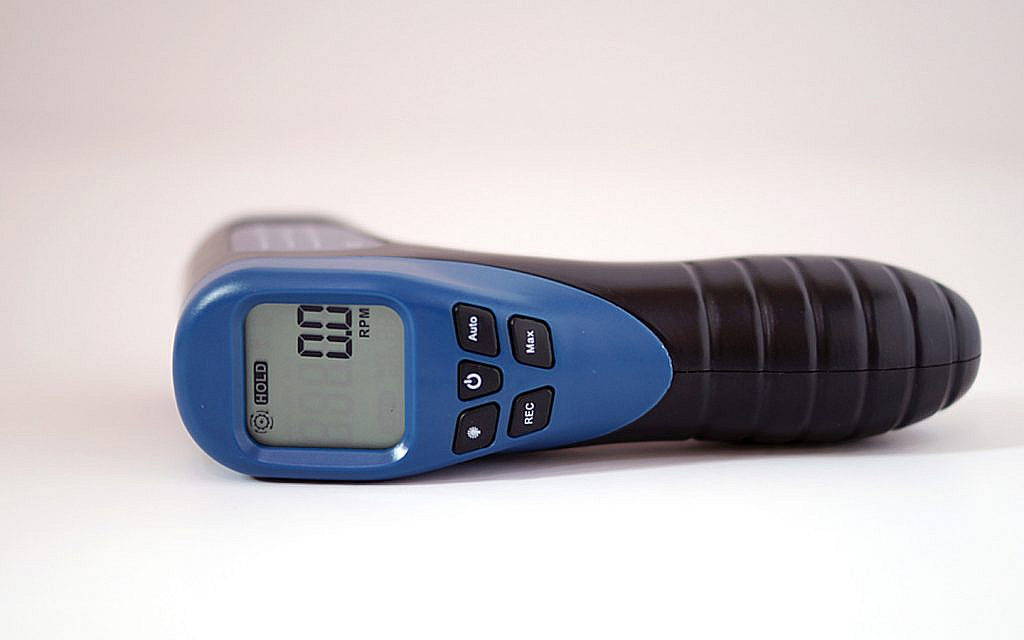Ever wondered how to hook up a 4-wire tachometer to your engine? This guide is here to help you out with some big tips and tremendous advice. Remember, a tachometer is crucial for monitoring the rotation speed of your engine, ensuring optimal performance and longevity.

Introduction to 4-Wire Tachometers
Before we dive into the setup process, understanding the basics of 4-wire tachometers is essential. Unlike their simpler counterparts, 4-wire tachometers offer more precise readings and improved functionality. They are commonly used in advanced automotive applications and industrial machinery.
Components of a 4-Wire Tachometer
Wiring Configuration
A 4-wire tachometer consists of four key wires:
- Power Wire
- Ground Wire
- Signal Wire
- Light Wire
Functions of Each Wire
Understanding each wires function is essential for a successful connection:
- Power Wire: Provides the necessary power to the tachometer.
- Ground Wire: Completes the electrical circuit.
- Signal Wire: Sends data from the engine to the tachometer.
- Light Wire: Lights up the tachometer for nighttime visibility.
Tools Required for Installation
Before starting the installation process, gather the necessary tools:
- Wire Strippers
- Crimping Tool
- Electrical Tape
- Multimeter
- Screwdrivers
Step-by-Step Guide to Hook Up a 4-Wire Tachometer
Step 1: Safety First
Disconnect the car battery to avoid accidental shocks or short circuits.
Step 2: Locate the Wiring Harness
Find the tachometer wiring harness, typically located near the engine dashboard or ignition coil.
Step 3: Connect the Power Wire
Attach the power wire to a 12V power source in your vehicle. Use a multimeter to identify a suitable power source.
Step 4: Grounding the Tachometer
Connect the ground wire to the vehicles chassis. Ensure the connection is secure to avoid electrical interference.
Step 5: Connecting the Signal Wire
Connect the signal wire to the negative terminal of the ignition coil. This wire relays engine RPM data to the tachometer.
Step 6: Wiring the Light Wire
Connect the light wire to the vehicles lighting circuit, enabling the tachometer to light up with the dashboard lights.
Testing the Tachometer
Once all connections are made, reconnect the car battery and start the engine. Observe the tachometer to ensure it is working correctly.
Troubleshooting Common Issues
Inaccurate Readings
If the tachometer displays erratic RPM readings, double-check the signal wire connection and ensure it is secure.
Tachometer Not Lighting Up
If the tachometer doesnt light up, check the connection of the light wire and ensure it is properly connected to the vehicles lighting circuit.
Tachometer Not Working
If the tachometer is entirely non-functional, verify all wire connections and ensure the power and ground wires are securely connected.
Maintenance Tips
Regularly inspect the wire connections for wear and tear. Ensure all connections remain tight and free from corrosion to maintain accurate tachometer readings.
Advantages of Using a 4-Wire Tachometer
Precision
A 4-wire tachometer offers more precise RPM readings, helping you fine-tune your vehicle’s performance.
Enhanced Functionality
The additional wires provide improved functionality, from better lighting to more reliable signal reception.
Industry Applications
Beyond automotive use, 4-wire tachometers are crucial in various industrial applications, including high-speed genetic analysis and semiconductor manufacturing inspections.
Wrap Up
By following this guide on how to hook up a 4-wire tachometer, you can enhance your vehicles performance and longevity. Remember to double-check all connections and ensure they are secure for accurate readings.
FAQ
What if my tachometer is not working?
Double-check the connections, especially the power and ground wires. Ensuring they are securely connected is crucial.
Can I install a 4-wire tachometer on my own?
Yes, with the right tools and careful attention to the steps, you can install a 4-wire tachometer yourself.
What are the industrial applications for a 4-wire tachometer?
The 4-wire tachometer has a variety of industrial applications, including high-speed semiconductor manufacturing inspections and high-speed genetic analysis.

Additional Resources
For further information, you can refer to this scientific resource.
For more details about tachometers, visit this guide on how tachometers work.
Internal links for further reading:
